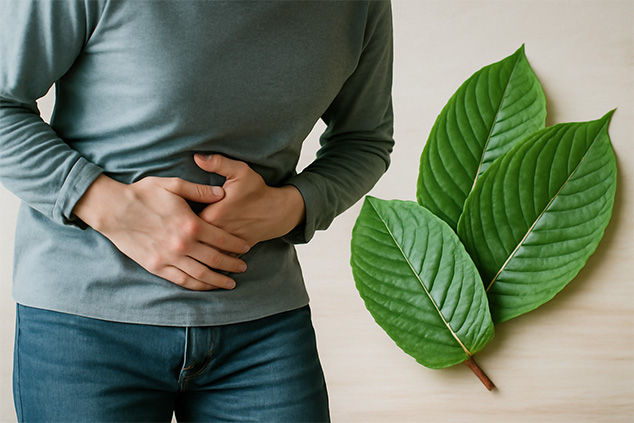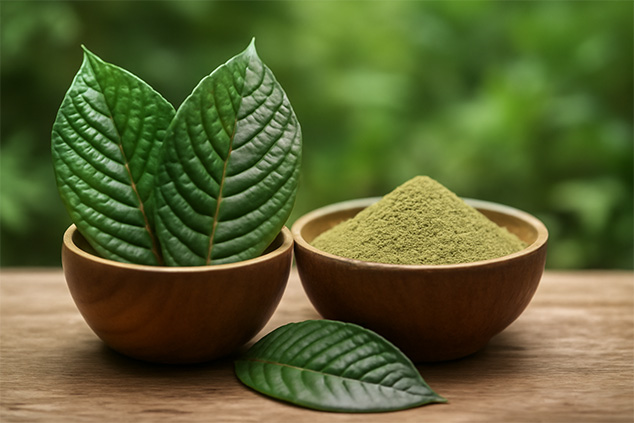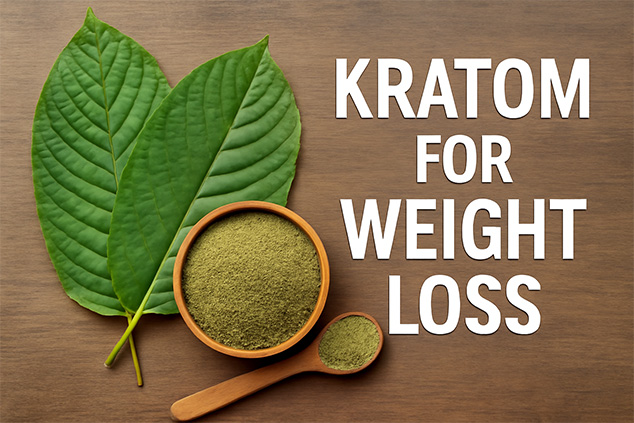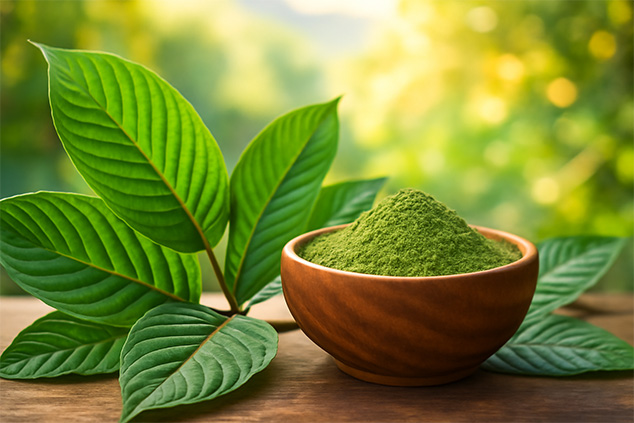Kratom has many beneficial effects, yet, instead of feeling amazing after taking it, you’re experiencing terrible kratom stomach pain. Can this be … [Read more...] about Kratom Stomach Pain and What to Do About It
Buying Kratom: 7 Common Beginner Mistakes
Buying kratom for the first time can be quite of a struggle. Because of the stigma created around it, it’s not as easy as buying a protein powder or … [Read more...] about Buying Kratom: 7 Common Beginner Mistakes
A Leaf of Faith: Documentary Review
A Leaf of Faith is one of the most popular resources available on kratom, which is why we decided to feature a review of it on our blog. Pain, Loss, … [Read more...] about A Leaf of Faith: Documentary Review
Can You Use Kratom for Weight Loss?
Kratom has multiple health benefits with pain relief and increased energy being two of the most popular ones. An estimated 3-5 million people across … [Read more...] about Can You Use Kratom for Weight Loss?
Best Mood-Enhancing Kratom Strains to Improve Mental Health
Mental health is becoming an increasing concern, with millions of people being affected by some form of mental health issue or disorder each … [Read more...] about Best Mood-Enhancing Kratom Strains to Improve Mental Health




